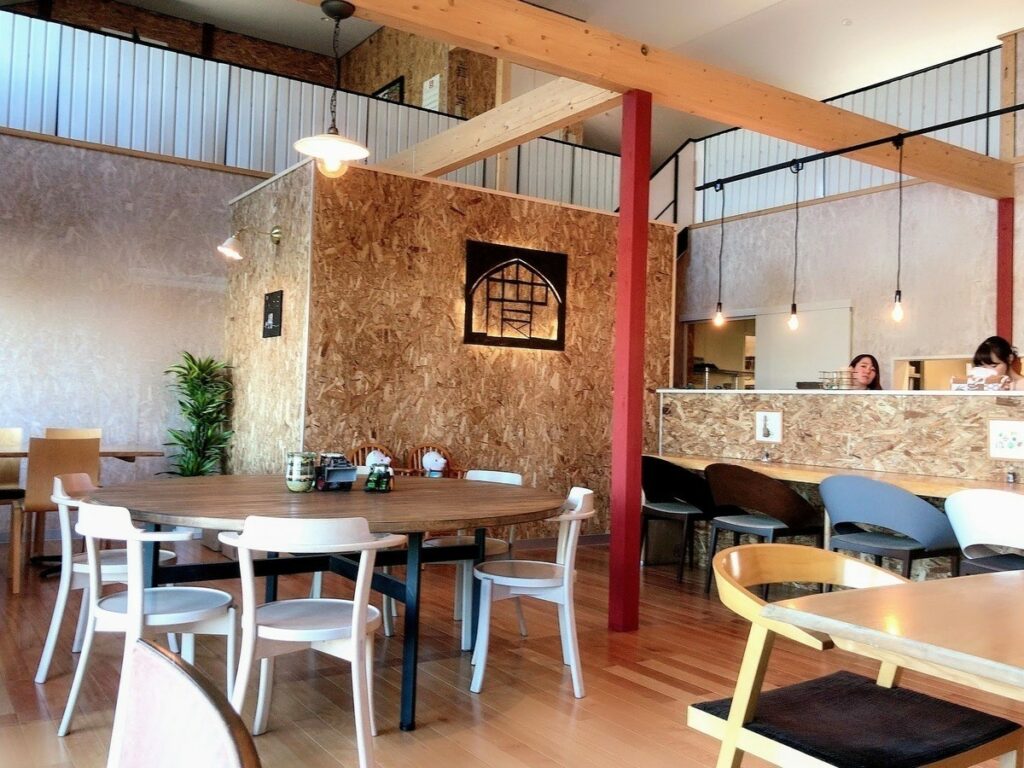The cold rice test: Why your microwave is useless
Do you think you can tell truly good rice from merely passable rice? If you are a typical Western palate that sees rice as nothing more than a neutral, sticky foil for the main dish, then you are completely wrong. I’m prepared to argue this point vigorously.
Here in Hokkaido, rice was, for a long time, the cheap option. Thirty years ago, when I was a kid, our local rice was frankly inferior to what was grown in the south. But we ate it because, well, my parents were cheap—or rather, fiscally responsible. The times have changed. Thanks to relentless, methodical breed improvements (a very Japanese trait), Hokkaido rice is now a major national brand.
Because today’s rice is so uniformly good, judging quality when it’s hot is impossible. But I can tell you the only real test: Try it after the rice gets cold. Truly exceptional rice remains delicious even when cooled. You might scoff, “Who cares? That’s what microwaves are for!” But this misses the cultural point. We still make rice balls (onigiri) for picnics and lunch boxes. We need the cold rice to be a satisfying, foundational food, not just a quickly reheated starch. This insistence on quality even in absence of heat is the true measure of Japanese food culture.
The myth of Japanese abundance: 400,000 km of labor
The eternal question for historians of Japanese agriculture: Why did our ancestors choose rice cultivation 10,000 years ago when wheat was already spreading across the Eurasian Continent? Many assume it was the climate—warm, humid, and rich in water. Even I used to believe this simplistic theory. But if the climate is good for rice, it’s also good for wheat. (In fact, Hokkaido is now famous for both.)
The answer lies in brutal, simple efficiency. I discovered the definitive reason in some old documents: rice cultivation is dramatically superior in efficiency per area (about 1.5 times) and in seed-to-harvest ratio (about 5 times) compared to wheat. For a small, mountainous island nation surrounded by the sea, there was no other choice. It was a macro-level decision born of micro-level scarcity.
Furthermore, I had a fundamental misunderstanding about Japan’s environment: it is not rich in water. Yes, we get a lot of rain, but since 70% of the land is mountains, that precious rainwater races quickly to the sea. To make the land fertile, our ancestors spent centuries developing elaborate waterways whose total length amounts to 400,000 km—ten turns around the Earth. That’s not abundance; that’s a legacy of colossal, necessary labor.
A farmer’s curry and the profundity of a meal
Now, let me introduce you to a sanctuary of this hard-won efficiency: “No-Ka-Ya” (meaning “Farmer’s Store”). It’s a curry rice restaurant run by an actual rice farmer, located, quite literally, in the middle of his rice fields on the way to Asahikawa city center. You can monitor the exact growth progress of the rice plant that will soon be on your plate.
The genius of this place is its sheer authenticity. The rice and vegetables are grown right on site, eliminating every possible inefficiency in the supply chain. And yes, you get to sit in our dining chairs—crafted from resilient wood—in this cozy building renovated from a barn.
Sitting there, eating a humble dish of curry and rice, you are not just enjoying a meal. You are participating in a 10,000-year history of efficiency, sustained by 400,000 km of ancestral labor. It is, perhaps, the most profoundly philosophical curry rice experience you can have. And I’m quite sure the rice passes the cold test.

Photo credit: https://asatan.com/articles/1358

Shungo Ijima
He is travelling around the world. His passion is to explain Japan to the world, from the unique viewpoint accumulated through his career: overseas posting, MBA holder, former official of the Ministry of Finance.

